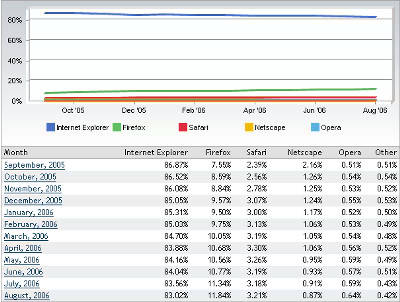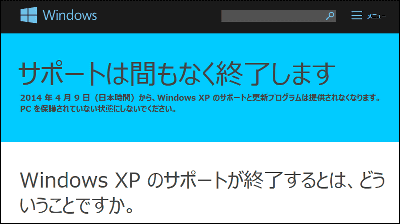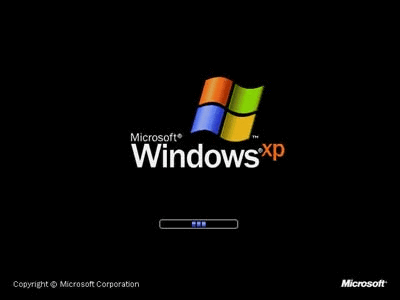Comparing the penetration rate with Windows 7 for 2 years from the release of Windows 10 on a graph

Two years have passed since the appearance of Microsoft Windows 10 which the general release began on July 29, 2015. Windows 10 that appeared rumored that Microsoft himselfWindows 10 will be the last version of WindowsIt is said that it will become something that distinctly from the past Windows such as saying as saying. Two years have passed since the appearance of such Windows 10, and it is found out what state the actual share is.
Two years after Windows 10: Windows 7 is still threatening a 2020 EOL meltdown
https://www.theinquirer.net/inquirer/news/3016575/two-years-after-windows-10-windows-7-is-still-threatening-a-2020-eol-meltdown
NetMarketShare investigating the market share of OS, browser, search engine, etc. has published the latest situation in the report of August 2017 version. On the following pages, you can switch the graph by browsing for each type of data.
Market share for mobile, browsers, operating systems and search engines | NetMarketShare
https://www.netmarketshare.com/
The OS share for desktops excluding mobile in August 2017 is as follows. Windows series accounted for 90.7% of the market share, while Mac systems 5.94% and Linux series 3.37% continued to follow.

Interestingly, however, the situation when each OS is broken down by version. It is obvious that the percentage is 48.43% in Windows 7, which is eight years since the advent of 2009, which occupies the top share of Windows systems. We know that the latest Windows, Windows 10, is only 27.99%. Furthermore, in April 2014Support endedClearly that Windows XP keeps a share of around 6%. In addition, we can see that Windows 8 series, which is one generation ago of Windows 10, has a share of 7.3% even if 8.0 and 8.1 are combined, supporting the urban legend that "Microsoft's OS hits every other OS" Such situation can be seen.

A graph showing the share of each OS with time series trends. From 2016 onwards it is clear that Windows 7 (blue) has stopped high at 50%, and Windows 10 (green) shows a gradual upward trend. It can be seen that the increment of Windows 10 shifts as it is from the decrease of Windows 8.1 and Windows XP.

It seems that Windows 7 seems to be said to be a trend of corporate users who are the biggest customers apparently keeping a strong popularity. In the case of corporate users who are highly required to steadily carry out their daily operations, there seems to be circumstances in which there is no need to take the risk of upgrading Windows 7 machines that are running without major problems to Windows 10, This is similar to the situation when the transition from Windows XP to Windows 8 series did not progress much.
In the NetMarketShare report, you can also see the OS share of the mobile terminal. The first place is Android (blue), followed by iOS (green), and these two occupy about 95% of the market. Windows Phone slowly declined its share in the past year, and it has fallen below 1% from slightly less than 2%.

From graphs broken down by version, you can see the situation where Android OS always has mixed versions. As of August 2017 Android OS with the highest share is version 6.0 Marshmallow, 22.19%. This is the development that Android 5.1 Lollipop 11.59% will follow. iOS for iPhone is not classified by version, but it accounts for 23.88%.

Related Posts:
in Software, Posted by darkhorse_log







